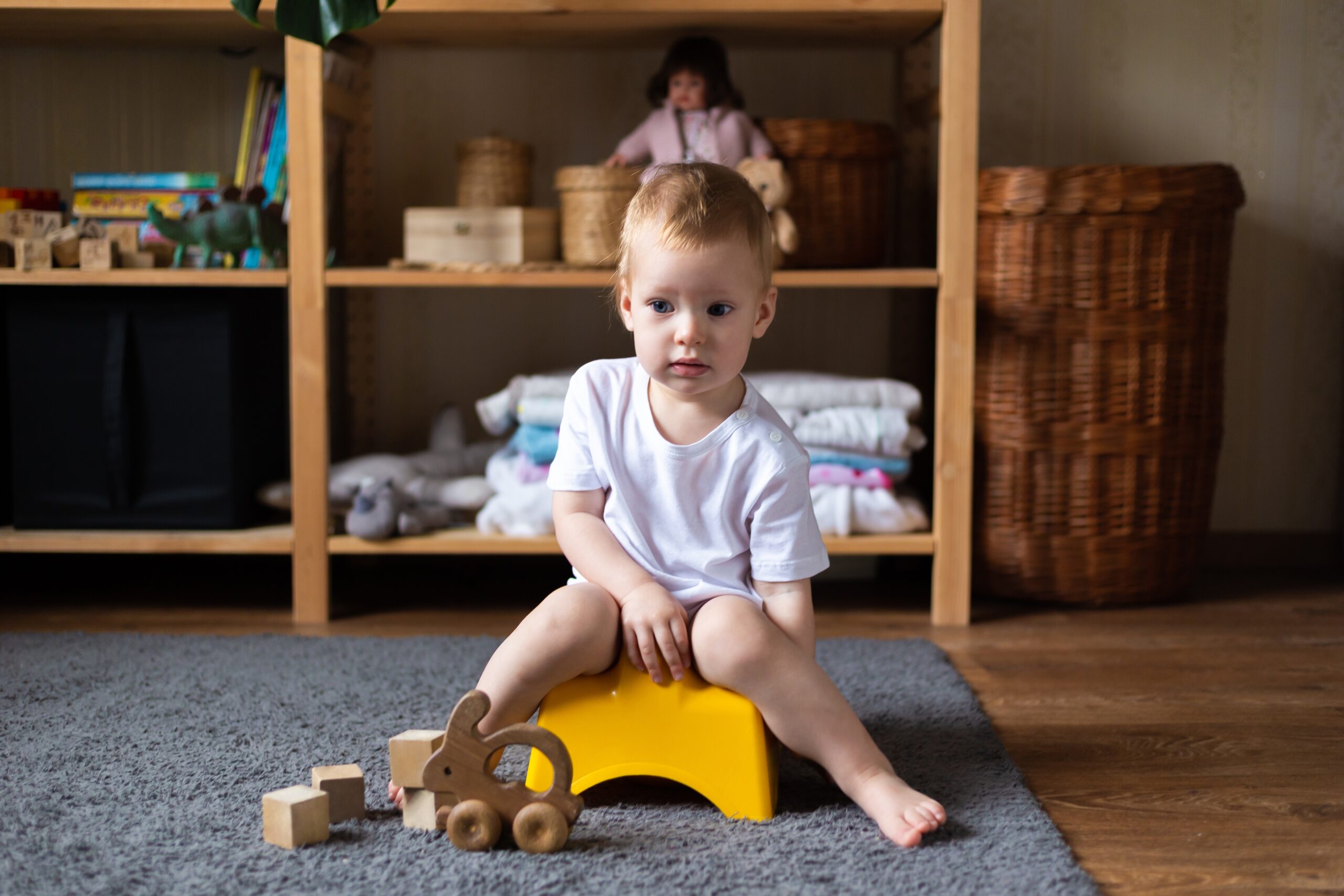Inappropriate laughing is a behavior that many parents and caregivers observe in children with Autism Spectrum Disorder (ASD). It can be confusing, sometimes distressing, and often misunderstood. However, like many behaviors associated with autism, inappropriate laughter serves a function. Understanding why inappropriate laughing in children with autism happens and how to manage it can help caregivers provide the necessary support for their child.
What Is Inappropriate Laughing?
Inappropriate laughing refers to laughter that occurs in situations where it may not be socially or contextually appropriate. For example, a child may laugh during a serious conversation, in response to someone being upset, or even seemingly out of nowhere. This can make social interactions challenging for the child and those around them.
Possible Reasons for Inappropriate Laughing
Every behavior has a purpose, and inappropriate laughter is no exception. Understanding the reason behind it is key to finding effective ways to manage it. Some common reasons include:
- Sensory Stimulation – Laughing may provide sensory input that feels good to the child.
- Communication Difficulties – A child may use laughter as a way to express emotions such as anxiety, confusion, or even frustration.
- Avoidance Behavior – Sometimes, children laugh to escape or avoid a task they find overwhelming.
- Attention-Seeking – A child may laugh to get attention, even if the response from others is negative.
- Lack of Social Understanding – Some children may not fully grasp social cues and laugh because they are unsure of how to respond.
- Unintentional Reinforcement – If a child laughs inappropriately and an adult responds with laughter or strong reactions, this can reinforce the behavior and make it more likely to happen again.
Strategies to Manage Inappropriate Laughing
Since inappropriate laughter serves different functions for each child, it is important to identify the underlying reason and use strategies that address the specific cause. Below are effective approaches to managing inappropriate laughing in children with autism.
1. Teach Replacement Behaviors
Instead of trying to eliminate the laughter completely, it is helpful to replace it with a socially acceptable alternative. This can include:
- Teaching the child to request attention appropriately, such as saying “Look at me” or tapping on someone’s shoulder instead of laughing.
- Providing alternative sensory inputs if the laughter is self-stimulatory. Fidget toys, stress balls, or sensory activities can help meet the child’s sensory needs in a more appropriate way.
2. Use Differential Reinforcement
Differential reinforcement involves rewarding appropriate behaviors while reducing reinforcement for inappropriate ones. This can be done by:
- Praising and rewarding the child for engaging in an alternative behavior.
- Reinforcing moments when the child refrains from inappropriate laughter. For example, if a child tends to laugh during quiet time, praise and reward them for staying quiet for a set period, gradually increasing the duration over time.
3. Reduce Triggers with Structure and Routine
Many children with autism thrive on structure and predictability. To reduce triggers that lead to inappropriate laughter:
- Use visual schedules and social stories to help the child understand expected behaviors in different situations.
- Create predictable routines to reduce anxiety and uncertainty.
- Teach appropriate responses to specific scenarios. For example, a social story might explain, “When someone is hurt, we ask, ‘Are you okay?’ instead of laughing.”
4. Address Sensory-Seeking Behaviors
If a child laughs as a self-stimulatory behavior, offering alternative sensory activities can help. Consider:
- Providing activities such as swinging, bouncing on a therapy ball, or listening to calming music.
- Allowing the child to use a calming tool, such as a squeezing stress ball, when they feel overstimulated.
- Observing when the laughter occurs and finding ways to meet their sensory needs in a structured way.
5. Teach Emotional Awareness and Self-Regulation
Helping children recognize and regulate their emotions can reduce inappropriate laughter. This can be achieved by:
- Using visual aids and emotion charts to help them label their feelings.
- Teaching them coping strategies like deep breathing, counting to ten, or using calming phrases when they feel anxious or nervous.
- Modeling appropriate responses and reinforcing their use of self-regulation techniques. For instance, if a child laughs in a tense moment, prompt them to take a deep breath and say, “I feel nervous.” Reward them when they use this alternative behavior correctly.
Encouraging Positive Social Development
While inappropriate laughter can be challenging, it is essential to approach it with patience and understanding. Caregivers can:
- Remain calm when addressing the behavior to avoid reinforcing it.
- Use role-playing to practice appropriate social interactions.
- Encourage peer interactions in a structured and supportive environment where they can learn from others.
How to Manage Inappropriate Laughing in Children with Autism – Final Thoughts
Inappropriate laughing in children with autism is often a sign of unmet sensory, emotional, or communication needs. By understanding the function of the behavior, teaching alternatives, and reinforcing positive social interactions, caregivers can help children navigate social situations more effectively. With the right strategies, children with autism can learn to manage their laughter in ways that support their emotional well-being and social growth.
Also read: When and How to Use Restraints for Kids with Autism
About Olga Sirbu
My name is Olga Sirbu, I am a Board Certified Behavior Analyst (BCBA) and Licensed Applied Behavioral Analyst. My goal is to support and empower families and individuals on the autism spectrum.
Autism Advance is dedicated to training parents and caregivers, providing practical tips, and teaching individuals how to educate kids with autism.
I share evidence-based practices to help you better understand and support individuals with autism. Learn practical strategies to help individuals with autism reach their full potential, as well as gain a deeper understanding and acceptance of autism.
Thank you for considering Autism Advance as a resource for your autism journey.








